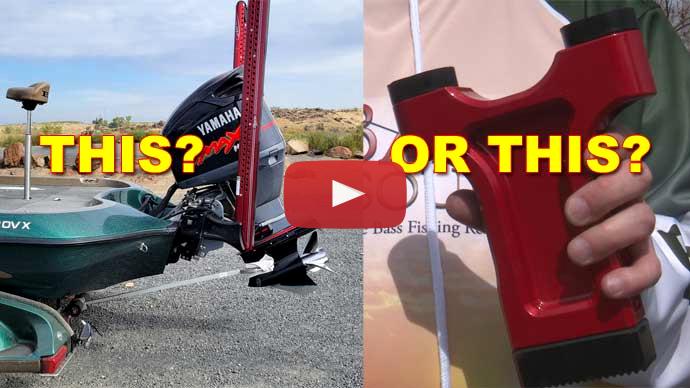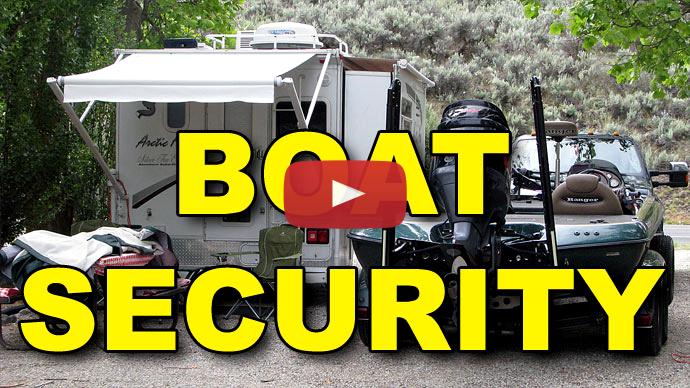So you're getting ready to tow your boat down the highway. And you need to know, do you have to tilt your engine up like this or can you leave it up and down? Your manual may or may not tell you, and it's sometimes a little difficult to know. So that's what I want to clear up here. Some misconceptions here because you ask some guys on the forums and they'll tell you, "Oh yeah, you gotta have it tilted up." Another one's, "No. You have to have it tilted down." All right, let's clear this up because they're both right. So what's right for you? By the way, what we're doing here, this is a bass fishing channel. So what we're talking about is bass boats, okay? So we're talking about freshwater boats that are designed for bass fishing. We're not talking about saltwater boats, we're not talking about jet boats, we're not talking about ski boats, okay?
We're talking about aluminum boats and fiberglass boats that are designed for freshwater fishing, okay? Without board motors. That's the key thing here. So here's the thing. As a general rule of thumb, if your engine is less than 25 horsepower, that is, if your engine doesn't use a tilt trim mechanism, then typically you can tow it with the engine in the upright position, up and down, provided that you have enough clearance. At the bottom of the skeg, you need to have at least a foot and a half clearance to the ground in order to be able to tow it down the road and not have any problems. Another way of looking at it is if the bottom of the skeg is above the bottom of your trailer, you're good to go. Provided you need to strap that puppy down, guys. I've seen it too many times going down the interstate, being behind a boat that's got a 25 horsepower or a tiller motor or something on it.
It's not strapped down and it's bouncing like this down the road and it's going side to side. Man, that is tough on the engine. That's tough on the motor mounts, it's tough on the transom, especially if it's an aluminum boat, you're gonna have metal fatigue. You're gonna get splits and fractures on your hull. Strap that puppy down, get some rope, tie it down, use bungee cords, whatever it is, but strap it down so it doesn't move. That way, you're not gonna have any problems at all. Now if you're still not sure if your motor fits in that category, take a look at mine. Look at how low that skeg is to the ground. It's almost touching. The bigger engines like this that have hydraulic tilt trim, you have to motor it this way. They're too low to the ground to do it any other way. You're gonna cause a lot of damage. So if you have less than a foot and a half clearance with the engine all the way down, then you definitely gotta use a device to hold your motor up and tilt it up when you go down the highway. I hope that helps. For more tips and tricks like this, visit bassresource.com.



